All visitors who want to visit Cu Chi Tunnels need to carefully research the entrance fee. This will help visitors feel less confused before coming here. In this article, Vietnam Adventure will provide information about the Cu Chi Tunnels entrance fee for everyone to refer to.
Introduction: Unraveling the Historic Cu Chi Tunnels
The Cu Chi Tunnels, located near Ho Chi Minh City in Vietnam, stand as a testament to the indomitable spirit and resourcefulness of the Vietnamese people during times of conflict.
This intricate underground network played a pivotal role in the Vietnam War, serving as a base for the Viet Cong and providing them with a strategic advantage.
Today, the Cu Chi Tunnels have been transformed into a popular tourist destination, attracting history enthusiasts from around the world.
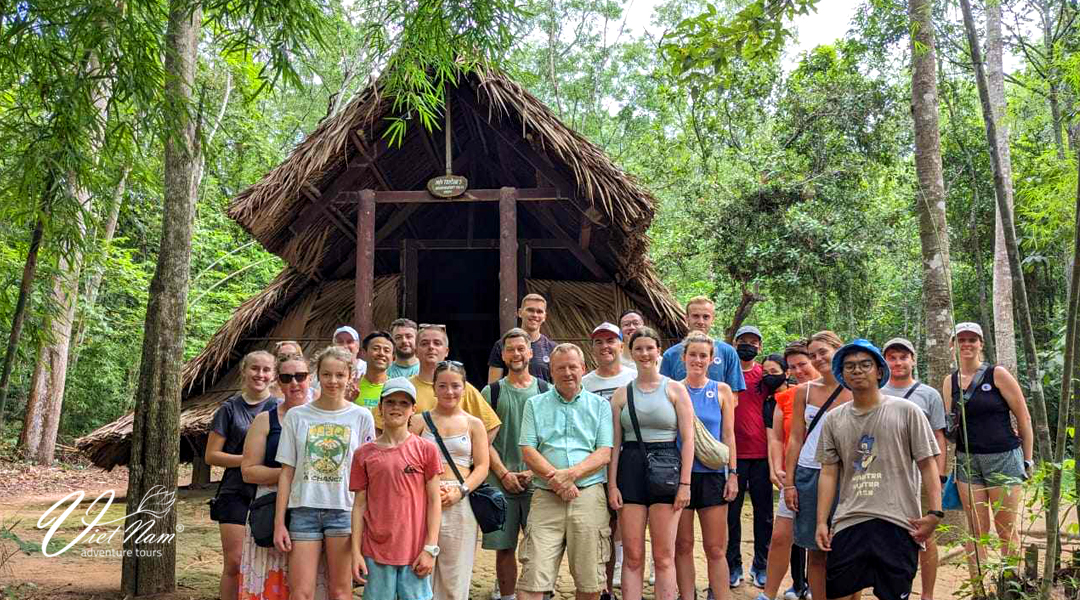
Cu Chi Tunnels Entrance Fee: What You Need to Know
When planning a Cu Chi tunnels tour, it’s essential to be aware of the entrance fees and any additional costs involved. Understanding the fee structure allows you to budget accordingly and make the most of your experience. Let’s delve into the details of the Cu Chi tunnels entrance fee:
Standard Entrance Fee
The Cu Chi Tunnels tour fee includes the entrance fee and the guided tour. As of the latest available information, the fee for international tourists is around $18 to $34 USD per person, while Vietnamese citizens may enjoy a discounted rate of approximately 90,000 to 110,000 VND.
Children’s Fee
For children and students aged 7-16 (applicable in cases where they have a student card), the entrance fee is usually 50% off the adult ticket price. Normally, children under 7 years old can visit the Cu Chi Tunnels for free.
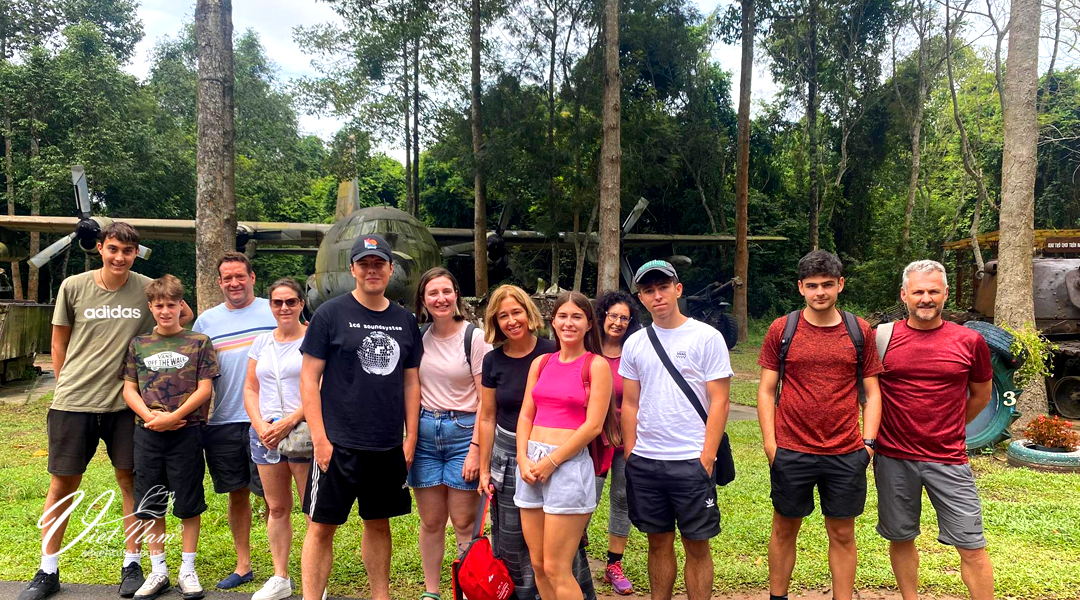
Group Discounts
If you’re visiting with a group of friends or family, inquire about group discounts that might be available. Group rates can lead to substantial savings, making the Cu Chi Tunnels experience more economical and enjoyable.
Additional Experiences
Some tour packages may offer additional experiences, such as shooting ranges where visitors can try their hand at firing historical weapons used during the Vietnam War. Keep in mind that these extra activities might come at an additional cost.
Online Booking Advantages
Consider booking your Cu Chi Tunnels tour online in advance. Online bookings often come with benefits like priority access and potential discounts, saving you both time and money.
Currency and Payment Options
While cash is widely accepted, it’s worth checking whether credit or debit cards are also valid for entrance fee payments. Additionally, confirm which currencies are accepted to avoid any inconveniences.
Free Days or Special Events
Occasionally, there might be special events or commemorative days where entrance to the Cu Chi Tunnels is free. Stay updated on the latest news and event schedules to take advantage of these opportunities.
Accessibility Services
If you or someone in your group has mobility challenges, inquire about accessibility services and facilities available at the site. Some areas of the tunnels might not be suitable for individuals with certain disabilities.
Photography and Filming
Photography and filming are usually allowed at the Cu Chi Tunnels, but some sections may have restrictions. Remember to respect any guidelines provided by the tour guides and staff.
Refund Policies
In case of unexpected circumstances or changes in your travel plans, familiarize yourself with the refund policies related to the entrance fee. Knowing the guidelines beforehand can save you from potential disappointments.
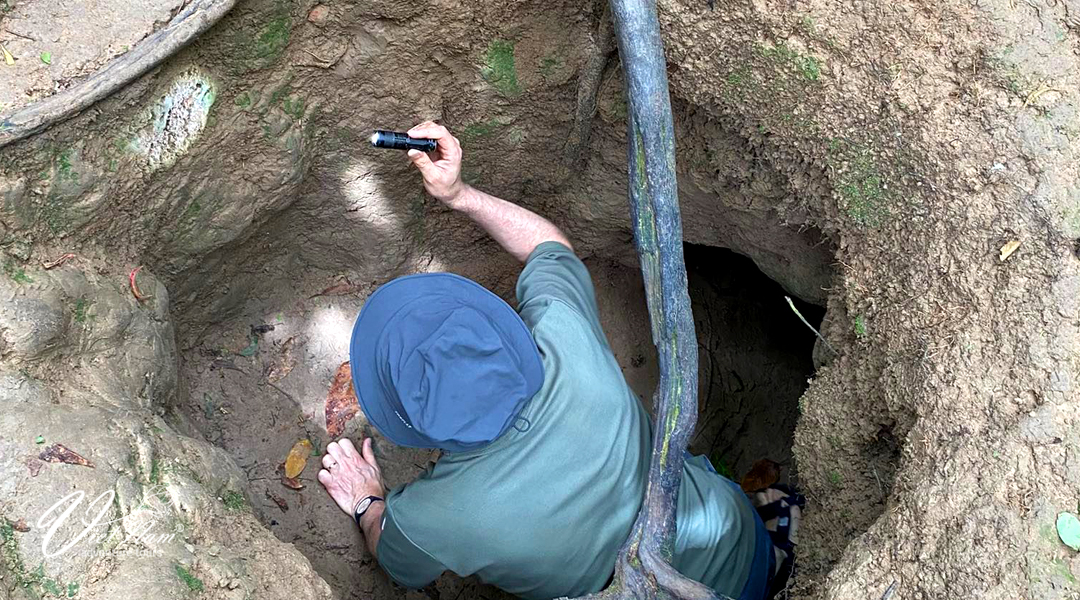
Understanding the Cu Chi Tunnels: Historical and Cultural Insights
Before embarking on your journey to the Cu Chi Tunnels, it’s essential to understand the historical and cultural significance of this iconic site. This section provides an in-depth look at the tunnels’ history and the stories they hold:
The Origins of the Cu Chi Tunnels
The Cu Chi Tunnels were initially constructed during the Vietnam War in the late 1940s. They served as a base for the Viet Minh, the precursor to the Viet Cong, who fought against French colonial rule. Over time, the tunnels expanded and became an essential part of the Viet Cong’s military strategy during the Vietnam War against the United States and South Vietnam.
The Ingenious Design
The intricate network of tunnels spans a vast area, showcasing the remarkable engineering skills of the Vietnamese people. The tunnels had different levels and sections, including living quarters, storage areas, hospitals, command centers, and trapdoors for stealthy movement.
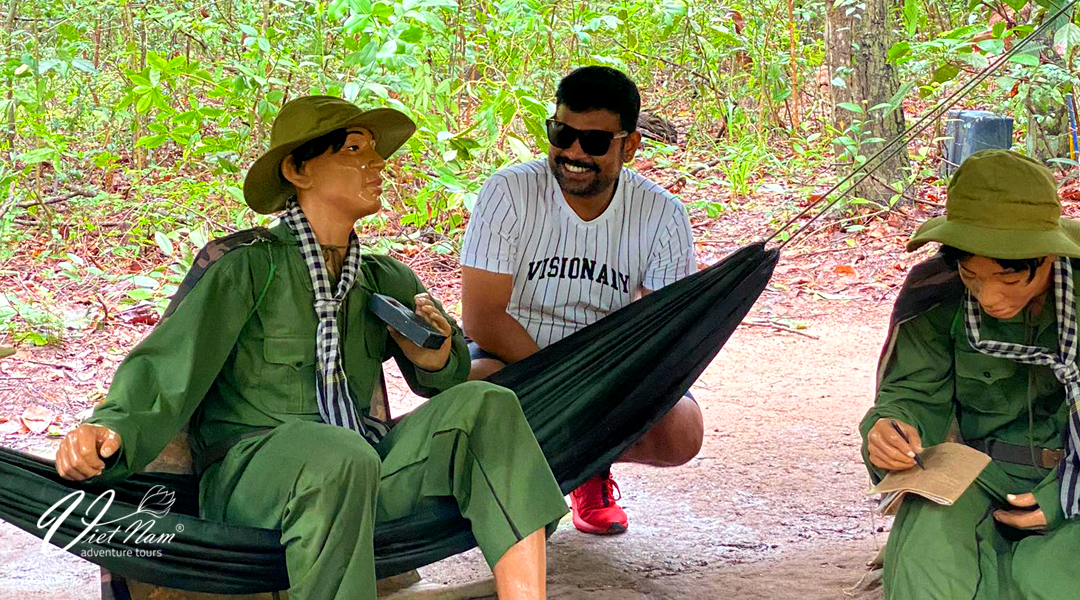
Daily Life in the Tunnels
As you explore the Cu Chi Tunnels, you’ll gain insights into the hardships faced by the Viet Cong soldiers who lived and fought within the confines of the underground tunnels. Learn about their resourcefulness and adaptability that allowed them to survive and continue their resistance.
The Tunnels as a Historical Landmark
In recognition of their historical significance, the Cu Chi Tunnels were designated as a Vietnamese National Historical Site in 1979. They have since been preserved and developed as a living museum, offering visitors a chance to immerse themselves in Vietnam’s past.
Preserving the Heritage
Efforts have been made to preserve the Cu Chi Tunnels to ensure future generations can learn from this chapter of history. Restoration projects and educational initiatives contribute to the preservation of this cultural heritage.
Impact on Vietnam’s Culture
The Vietnam War and the Cu Chi Tunnels have had a profound impact on the country’s culture and identity. Understanding this historical context can deepen your appreciation for Vietnam and its resilient people.

FAQ’s
Q: Can I explore the Cu Chi Tunnels on my own without a guided tour?
A: No, visiting the Cu Chi Tunnels requires a guided tour to ensure your safety and to receive detailed insights about the site’s history and significance.
Q: Are the Cu Chi Tunnels accessible for people with mobility challenges?
A: While some areas may present challenges for individuals with mobility issues, certain sections are accessible. It’s best to inquire about accessibility services before planning your visit.
Q: Can I take photographs inside the tunnels?
A: Yes, photography is usually allowed at the Cu Chi Tunnels, but certain sections might have restrictions for preservation purposes.
Q: Are there any souvenir shops at the site?
A: Yes, there are souvenir shops where you can purchase mementos related to the Cu Chi Tunnels and the Vietnam War.
Q: What are the operating hours of the Cu Chi Tunnels?
A: The Cu Chi Tunnels are generally open for visitors from early morning until late afternoon. However, it’s advisable to check the specific operating hours in advance.
Q: Are there any age restrictions for visiting the Cu Chi Tunnels?
A: There are no strict age restrictions, but parents should consider whether the tour is suitable for young children due to the historical nature of the site.
Conclusion: A Journey through History and Resilience
Visiting the Cu Chi Tunnels is an unforgettable experience that takes you on a journey through Vietnam’s history and the indomitable spirit of its people. From understanding the Cu Chi Tunnels entrance fee to exploring the historical significance, this iconic site offers a profound and educational adventure. As you immerse yourself in the tunnels’ stories, you’ll gain a deeper appreciation for Vietnam’s culture and the resilience of its people throughout turbulent times.


The Cu Chi Tunnels are a network of underground tunnels, carved out by hand, located 55 miles northwest of Ho Chi Minh City (Saigon). About a two hours’ drive from the former South Vietnam capital, Cu Chi tunnels tour today comprise a popular Saigon tourist destination that provides visitors with an evocative look at Vietnam...
Cu Chi Tunnels is a legendary underground system of over 220 km of tunnels, a must-see for both Vietnamese and foreign travelers who are interested in the history of the Vietnam War. The tunnels are now a historical structure of Vietnam and considered a heroic district for the role they played in the resistance to...
( Departure time and meting point as requested) Cu Chi Tunnels is a legendary underground system of over 220 km of tunnels, a must-see for both Vietnamese and foreign travelers who are interested in the history of the Vietnam War. The tunnels are now a historical structure of Vietnam and considered a heroic district for...

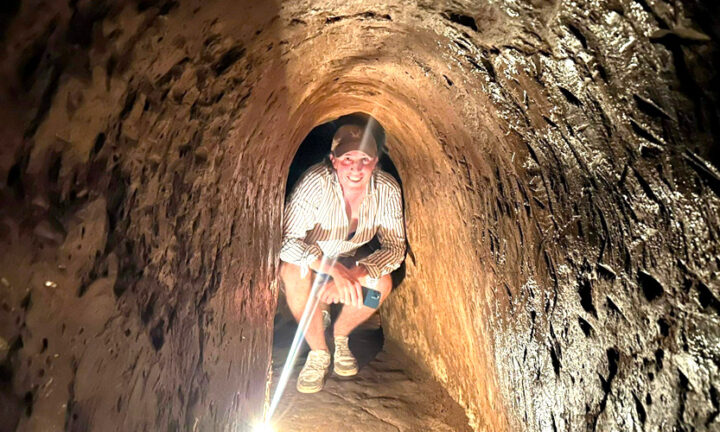
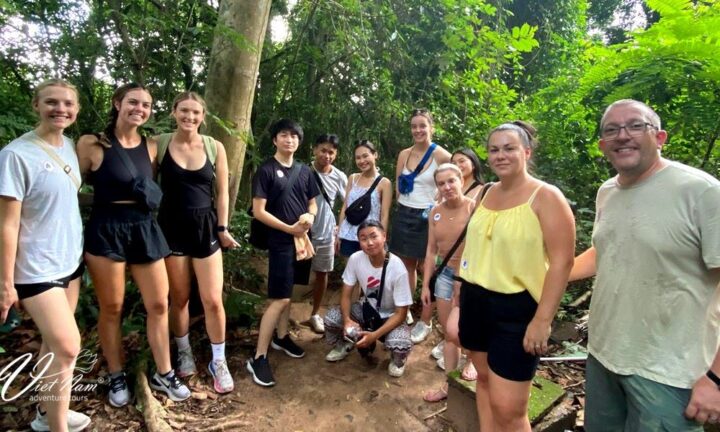
 Haft Day
Haft Day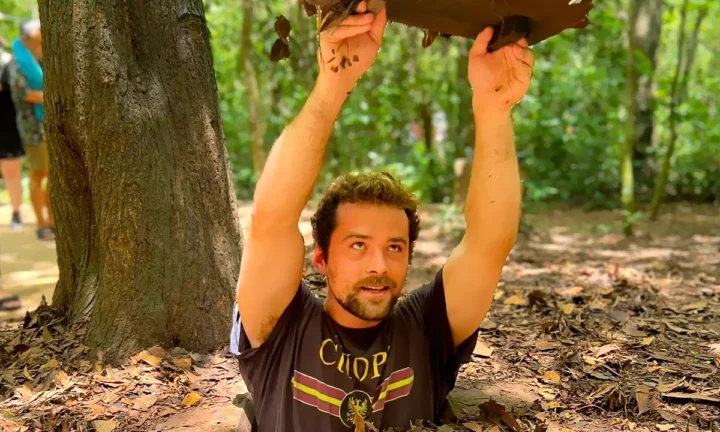
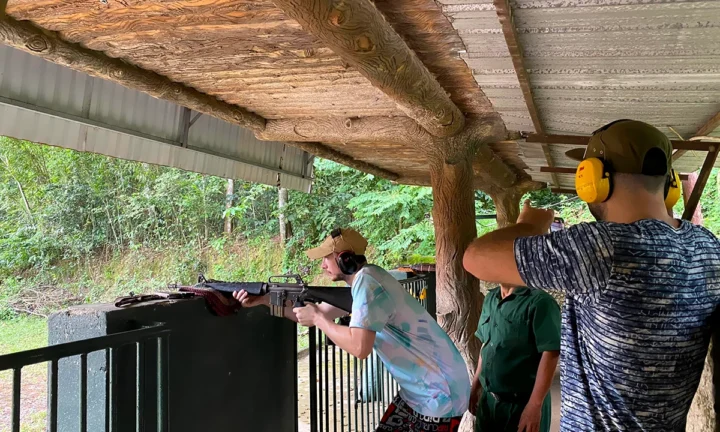
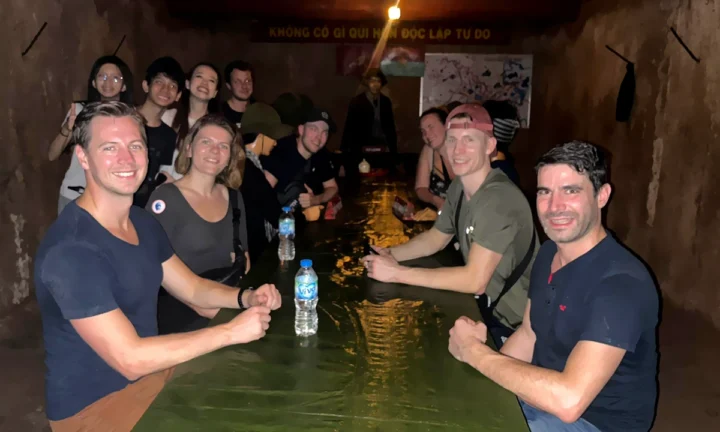

 Ms.Katie
Ms.Katie